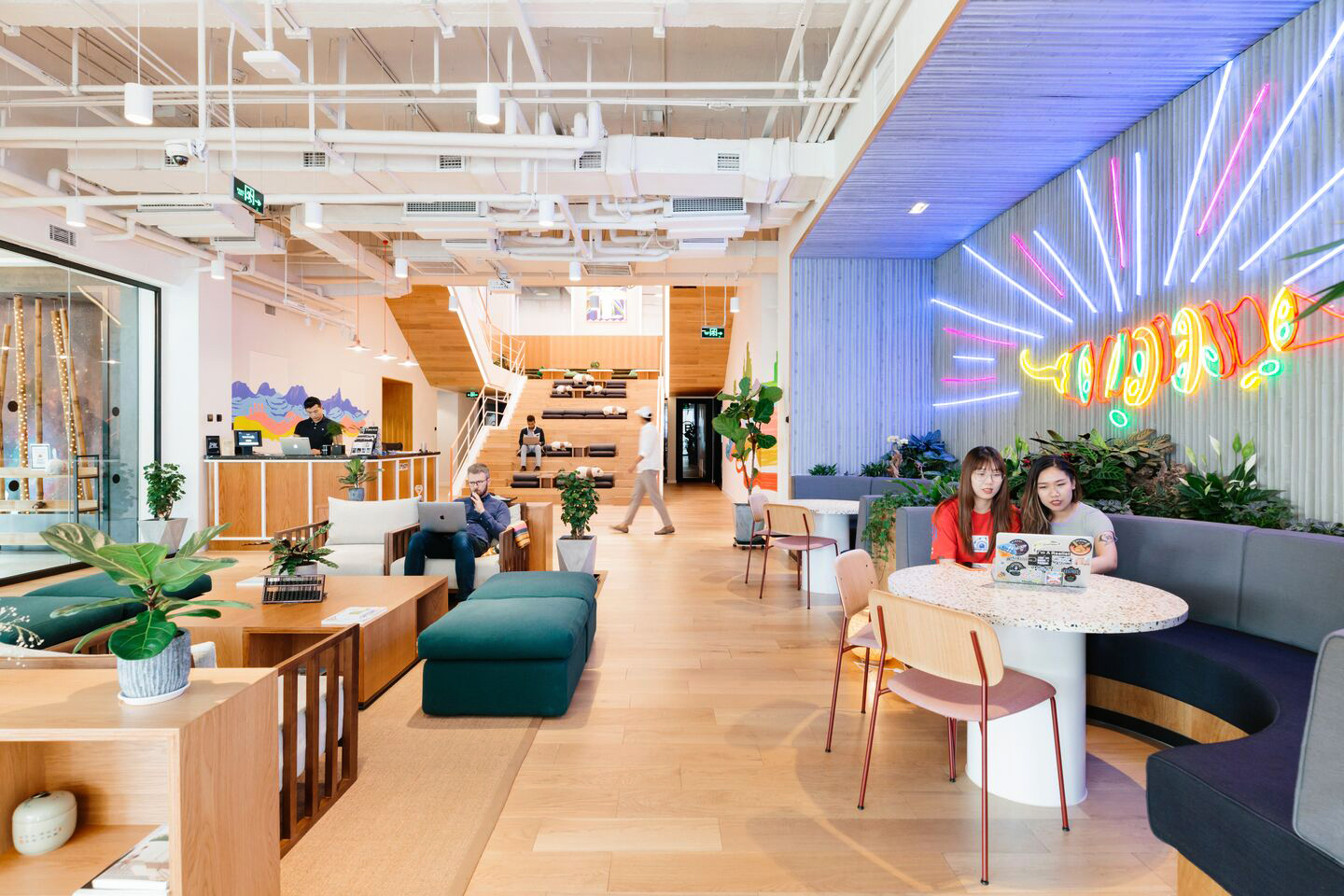
The art and science of coworking space design is an important topic to consider when starting or improving your own co-working space. With the popularity of coworking spaces, there are a lot of options out there; however, many people don’t know what makes one space better than another. This article will cover some basic elements that go into understanding what a coworking space is and what it should be designed to do so that you can create something unique for your community.
Make it easy to meet people
The easiest way to make your coworking space a good place for collaboration is to make sure people can easily meet others. This means making sure there are multiple entrances and exits, a large common area where people can meet, and plenty of seating options. Provide power outlets in different rooms so that people don’t have to sit at their desks while they’re working on something else.
You also need to have strong wireless internet access so that laptops aren’t needed when collaborating outside the main coworking area. And provide phone booths (or enclosed desks) where members can have private conversations without disturbing everyone else in the space—this is especially important if you have members working with sensitive information like trade secrets or medical records.
Plan for private and group meetings
It’s important to plan for private and group meetings. There are many ways you can provide privacy for both types of meetings. For example, if you have a larger space that can accommodate a large number of people, consider designating some areas as meeting rooms. This will allow your coworking members to reserve these spaces and set boundaries around their privacy.
If you have smaller spaces in your workspace, designate specific rooms as “meeting rooms” where members can reserve time with each other privately or with individual coworkers from other companies who may be visiting your space.
Design spaces that spark creativity
The most important thing to remember when designing a space that’s conducive to collaboration is that you’re building something that will stay relevant over time. As people come and go, or your company expands or contracts, it’s essential that the space can adapt. In practical terms, this means keeping things modular and easy to rearrange if need be. It also means including some flexibility in the design itself—for example, using a variety of furniture styles so that they can be mixed and matched throughout the office rather than being relegated to one area or another solely on aesthetic grounds.
As for inspiration: keep it around. Have some fun with your design by adding interactive elements like large-scale art installations or functional elements such as gaming consoles; these things not only give members something new to look at every day (and therefore help them stay focused) but also provide an opportunity for collaboration between coworkers who might not normally work together otherwise.
Finally, comfort is key—so make sure everyone feels comfortable. If possible use materials like fabric instead of cold hard plastic when building out conference rooms; this way people will be able to sit down without feeling sore afterward. If you have pets around then consider purchasing soft toys for their enjoyment too; they’ll provide hours upon hours of entertainment while helping keep those around them calm during stressful periods of work life.
Integrate nature into the space
Nature is a powerful component of the coworking design formula, and incorporating it into your workspace can have a positive impact on the productivity and creativity of your members. There are many ways to do this. One example is the use of potted plants, which can be placed throughout the space or along windowsills as an eye-catching decorative element.
Another way to integrate nature into your coworking space is through daylighting; natural light helps promote creativity by keeping people awake during their workday, so if possible—think about installing skylights.
Consider lighting when designing a space
Lighting is one of the most important elements in coworking space design, and it’s an often overlooked aspect. When designing a space, keep in mind that you want to create a comfortable environment for your members. Natural light is always best if possible because it helps people feel more relaxed and increases productivity. You can also use lighting to create different moods within your shared space—for example, if you want to make a quieter area of your office feel more private or intimate, dimming the lights will help achieve this effect.
Snacks are key
Snacks are a great way to get people talking. They’re also a great way to encourage people to come back. And they’re a great way to get people to share and connect. Snacks are so important that some coworking spaces will offer free food as an incentive for signing up for their membership program.
Conclusion
Collaboration is the key to success. It’s what will keep your coworking space thriving and growing. So, as you design your space, keep in mind how you can facilitate collaboration—and remember that it doesn’t need to be complicated.